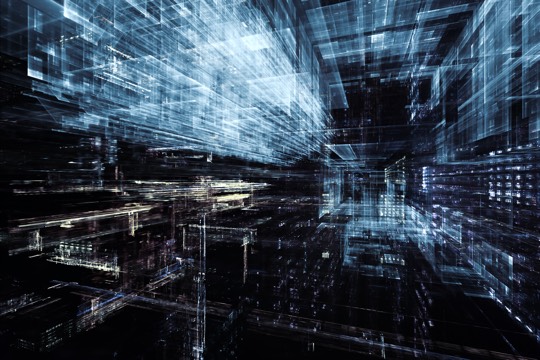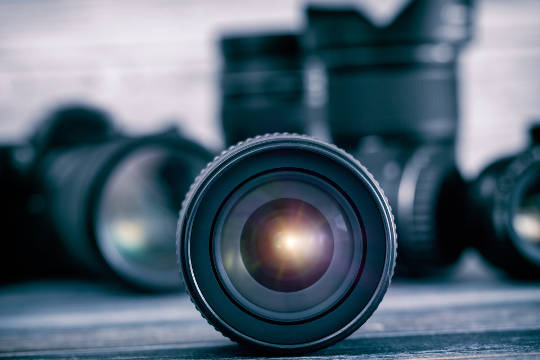TECHNOLOGY FOCUS
CMOS image sensors are becoming more and more complicated. In the mid-nineties the devices were simple image sensors, but over the recent years they have become complete camera systems.
Characterization and evaluation of these highly sophisticated SoC's (system-on-chip) is no longer straightforward.
Furthermore the pixels of the sensors are becoming extremely small and their limited size can have negative effects on dynamic range, light sensitivity, noise and speed.
In the context of further optimization of the imaging functionality, it is of great importance to have a good understanding of performance-limiting parameters of the system. These can only be revealed by performing dedicated measurements on the image sensors and/or on the complete camera systems.


COURSE CONTENT
Part 1. Introduction to Correlated and Uncorrelated Noise in Imagers.
In the introduction of the course, the difference between correlated and uncorrelated noise will be explained. In a first instance, one can put all fixed-pattern noise sources or noise in the spatial domain under the header of correlated noise, and one can put all temporal noise sources or noise in the time domain under the header of uncorrelated noise.
Part 2. Characterization of Noise in Dark
It may sound strange that an image sensor, which is made to capture light, will be characterized first in dark conditions. But actually this should not really be surprising because noise will first become visible in the darkest parts of an image. For that reason the dark performance of an image sensor plays crucial role. It also sets the lower end of the dynamic range.
Part 3. Characterization of Noise with Light
In the third and last part of the course, the image sensor will be characterized with light input. First the fixed-pattern noise (= correlated noise) will be measured, and next the temporal noise (= uncorrelated noise) will be characterized. All measurements will be based on an existing camera and with uniform light input. For both noise types, correlated and uncorrelated, some extra statistical operations will allow to split the overall noise characterized into a contribution on row level, on column level and on pixel level. This gives very useful information on where to find the root cause of the noise sources.
WHO SHOULD ATTEND
This blended e-course is intended for engineers that already have some experience in the field.

Part 1 Introduction to Correlated and Uncorrelated Noise in Imagers
1. First Assignment Uncorrelated Noise
2. Measurement Procedure
3. Theory Uncorrelated Noise
4. Theory Correlated Noise
5. Averaging and Fixed Pattern Noise Calculation
6. Results Average Signal
7. Results Total Noise
8. ”Seeing is Believing” Comparing Images
9. Conclusion
Part 2 Characterization of Noise in Dark
Fixed Pattern Noise
1. Fixed Noise in Dark
2. Introduction - Seeing is Believing
3. Link Theory to Measurements
4. Saturation Level
5. Results Row FPN
6. Assignment
7. Results Temporal Noise
8. Results Row Temporal Noise
9. Quiz - Increasing the Exposure Time
10. Assignment
11. Theory
12. Quiz - Theory : Fixed-Pattern Noise
13. Results
14. Link Theory to Measurements
15. Quiz - True or False
16. Histograms
17. Saturation Level
18. Measure Row FPN
19. Results: Row Fixed-Pattern Noise
20. Theory Column FPN
21. Results Column
22. Pixel FPN
23. Quiz - Rows, Columns and Pixels
24. Overview Conclusion
Temporal Noise
1. Assignment
2. Calculation Theory
3. Results Temporal Noise
4. Theory and Measurement
5. Results and Graphs
6. Quiz - True or False
7. Row Temporal Noise Measurements
8. Row Temporal Noise
9. Column Temporal Measure
10. Results Column Temporal Noise
11. Results Pixels
12. Conclusion
Part 3 Characterization of Noise with Light
Fixed Noise with Light
1. Introduction : Seeing is Believing
2. Assignment
3. Theory Fixed-Pattern Noise
4. Results Fixed-Pattern Noise
5. Saturation Pixel
6. Exposure Time Fixed-Pattern Noise
7. Quiz - Similar Measurement
8. Histograms
9. Assignment: Row FPN
10. Row Fixed-Pattern Noise Calculation
11. Results: Row Fixed-Pattern Noise
12. Assignment: Column FPN
13. Results: Column FPN
14. Assignment: Pixel FPN
15. Results: Overview
16. Warning Sign!
17. Quiz - True or False
Temporal Noise with Light
1. Assignment: Temporal Noise
2. Theory: Temporal Noise
3. Results: Temporal Noise
4. Results: Dynamic Range
5. Quiz - True or False
6. Assignment: Row Temporal Noise
7. Row Temporal Noise Calculation
8. Result: Row Temporal Noise
9. Assignment: Column Temporal Noise
10. Results: Column Temporal Noise
11. Pixel Temporal Noise
12. Conclusion
13. Warnings
Said about the course from previous participants:
"The course offers the opportunity for image sensor designers the best way to evaluate a sensor."
"Clear explanations. Interactivity."
"You could directly see results."

